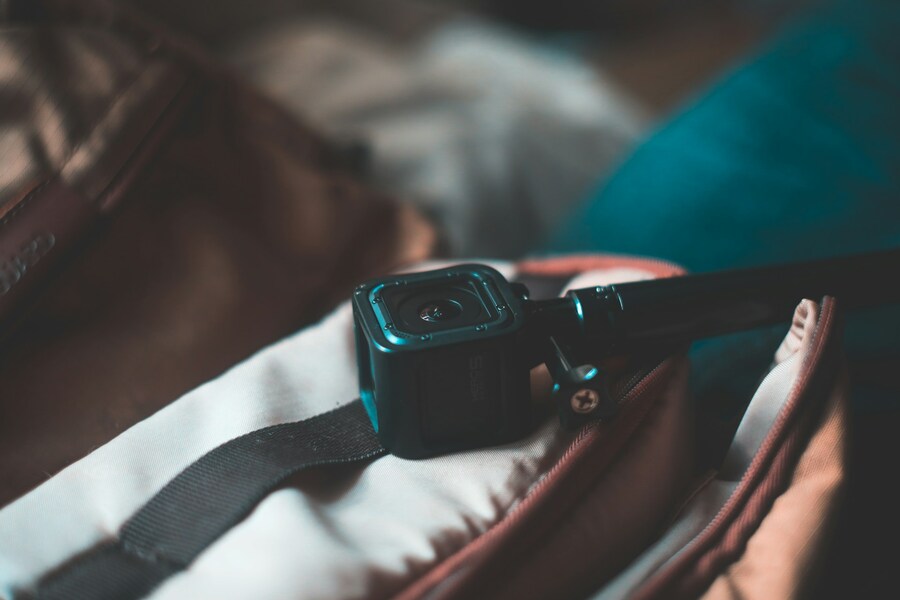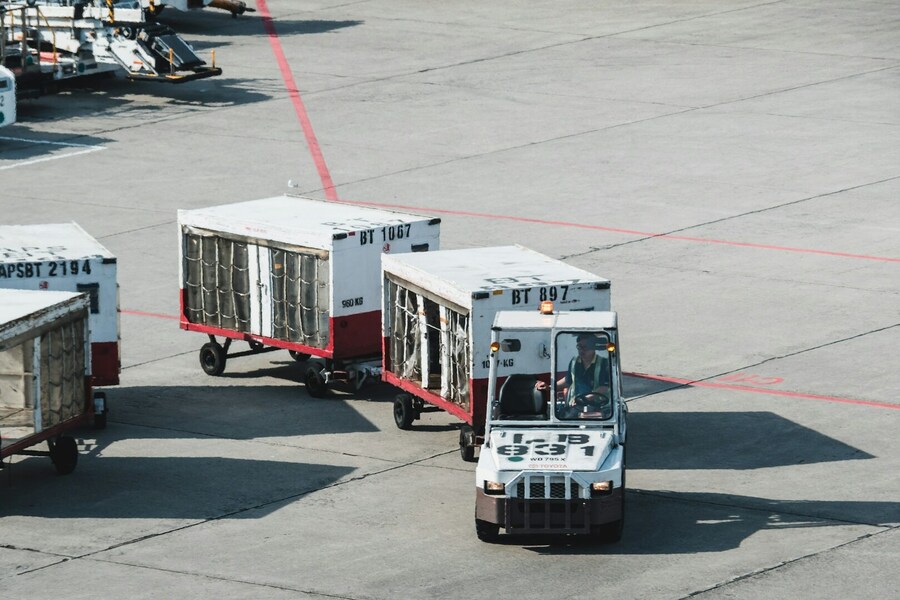The moment the baggage carousel grinds to a halt and your suitcase isn't among the final few is one of travel's most immediate and frustrating realities. You're left standing, watching fellow passengers depart, realizing your journey has just taken an unexpected detour. Similarly jarring is retrieving your bag only to discover it's been severely damaged, suffering more than just the usual travel scuffs and scrapes. While no traveler wants to face lost, delayed, or broken luggage, a smart traveler understands these scenarios are a possibility and prepares a clear, decisive action plan.
This travel guide will walk you through the essential steps to take when an airline mishandles your checked baggage, focusing on timely action at the airport, documentation, and utilizing the financial safety nets available through airline policies and travel credit card benefits. Preparation and prompt action are your best defenses against the disruption and expense of luggage woes, turning a stressful situation into a manageable logistics challenge. So, let's secure your peace of mind and your luggage!
What should you do immediately after luggage goes wrong?
Dealing with a baggage mishap starts the instant you realize there's an issue. Your actions in the first few hours are crucial to securing documentation and setting up the recovery or reimbursement process. The general rule of thumb for any baggage issue – be it a delay, a loss, or damage – is to never leave the airport without officially reporting it.
At the airport: the critical first moves

Source: Matthew Sichkaruk/Unsplash
If your checked bag fails to appear at the carousel, or if it arrives clearly damaged beyond normal wear and tear, your first and most important step is to immediately proceed to the airline's luggage office or counter. Every airline maintains a dedicated area for handling these issues, and finding this desk is your priority.
For delayed or missing luggage, you must file a formal Property Irregularity Report (PIR). Although some carriers allow a short grace period after arrival, filing the report while you are still physically at the destination airport is highly recommended. This prevents the airline from claiming the issue arose after the baggage was officially deemed returned to you. The agent will require key information: your contact details (including local lodging or onward travel plans), the all-important baggage tag receipt (make sure to take a clear photo of this before handing it over), and a detailed description of the luggage – color, type, and contents are all relevant. If your itinerary involves switching hotels or moving on within a few days, ensure these details are explicitly recorded on the report so the airline knows where to send your bag once it's located.
If you are dealing with damaged luggage, the process is similar. You typically need to file a claim within 24 hours of arrival, though filing on the spot is always safer. The airline representative will assess the damage, determine if it exceeds acceptable wear and tear, and process a claim. Airlines in the United States often opt to repair the luggage or offer replacement. In the case of replacement, they might provide an immediate option from a collection of bags they keep on hand, or they may offer reimbursement up to a set amount. For this reason, always try to keep receipts for any quality luggage you check, as this helps substantiate your replacement value.
One crucial item to address with the agent is reimbursement for essentials. Ask whether the airline will cover the cost of necessary items (like toiletries and clothing) until your luggage is located. Even if the airline's policy doesn't immediately cover it, keep all receipts for these purchases, as a delayed bag could later be declared truly lost, potentially unlocking further compensation options.
Planning for the inevitable: pre-trip preparation

Source: Amith Nair/Unsplash
While you are focusing on the resolution of the immediate problem, a seasoned traveler knows that the best defense is a strong offense taken before the trip even begins.
A critical piece of this pre-trip planning involves securing your vehicle while you're away. Whether you're flying out of a major hub or a regional airport, booking your spot ahead of time saves money and hassle. Services like ParkingNearAirports.io make it easy to reserve reliable, cost-effective off-airport parking. Their platform, which provides an array of options including parking near airport with shuttle service, helps you start your trip worry-free. Savvy travelers look for an airport parking promo code when booking to lock in extra savings, ensuring the initial leg of the routes airport parking logistics is smooth.
Another powerful strategy is utilizing luggage tracking devices, such as Apple AirTags or similar Bluetooth trackers, placed inside your bag. These tools provide real-time location data directly to your phone, giving you a powerful, proactive ability to track your luggage's last known location. While these trackers don't replace the airline's official process, they can significantly expedite the reunification process by offering concrete evidence of where your bag might be lingering.
Finally, familiarize yourself with the baggage protections offered by your travel credit card. Many premium travel credit cards provide robust coverage for baggage delays and loss. For example, cards like the Chase Sapphire Reserve or the United Explorer Card often include baggage delay protection, which can reimburse you up to a per-day maximum for essential purchases when your bag is delayed over a set number of hours. They also typically include lost baggage protection, covering the cost to repair or replace a bag that's ultimately deemed lost, often up to $3,000 per traveler. Knowing your card's benefits – and using that card to pay for your flights – creates an immediate and powerful financial safety net that complements the airline's responsibility.
Beyond the airport: claiming and follow-up

Source: Goh Rhy Yan/Unsplash
Once you've left the airport with a PIR report number in hand, the recovery process shifts to follow-up and financial claims. The airline will use the information you provided to track your bag through their system. Many airlines offer online tracking portals where you can enter your PIR number for updates.
If your bag remains delayed, you should begin purchasing the essentials you need, keeping meticulous records of every transaction. If the airline's agent confirmed they would reimburse you, follow their specific instructions for submitting receipts. Simultaneously, review your credit card's guide to benefits and initiate a claim if their coverage is superior or more accessible.
If the bag is eventually declared lost (which typically occurs if it hasn't been located within a predetermined time, often between 5 and 21 days), the scope of reimbursement changes. At this point, you'll file a claim for the contents and the bag itself. You'll need the PIR report, a list of contents, and often, documentation (like receipts) for those contents. The maximum liability for lost luggage on domestic flights is set by the Department of Transportation (DOS), but international flights are governed by different treaties, such as the Montreal Convention. The best practice is always to keep any and all relevant documentation, receipts, and claim numbers filed together.
For damaged luggage, the follow-up involves facilitating the repair or replacement process agreed upon at the airport. If you purchased a new bag, you'll need to submit the receipt to the airline for reimbursement up to the agreed-upon limit. Be proactive; if you don't hear from the airline within a few days, call the baggage office to follow up on your claim's status.
Conclusion
While the sight of an empty baggage belt or a broken suitcase can deflate the excitement of arrival, being a smart traveler means being prepared for these eventualities. The plan is simple: act immediately at the airport to file a formal report, document everything with photos and receipts, and utilize the safety nets you established before leaving home, whether that's reliable airport parking or the robust baggage coverage of a premium credit card. By approaching luggage issues with preparation and informed persistence, you can significantly mitigate the inconvenience and cost, ensuring that a baggage mishap remains a temporary inconvenience rather than a trip-altering catastrophe. May all your future journeys be seamless, and may your bags always arrive safely and soundly!






